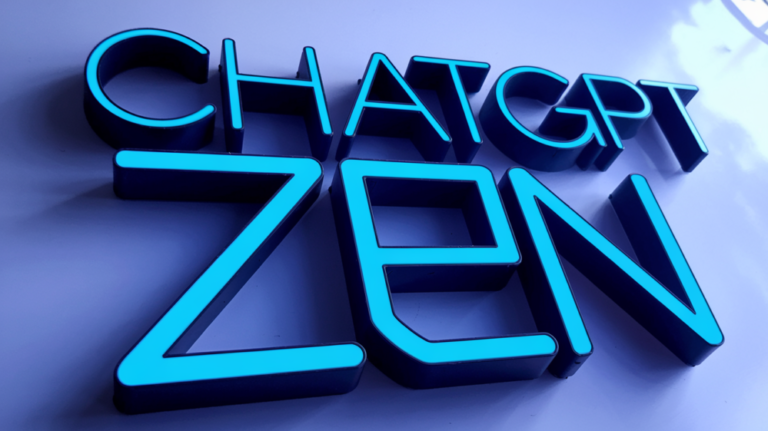
Price: $42.00
(as of Dec 14, 2024 10:11:22 UTC – Details)

Advanced Do-It-Yourself Java Games: An Introduction to Java Threads and Animated Video Games is the third book of the Do-It-Yourself Java Games series. The previous book in the series, More Do-It-Yourself Java Games, taught event-driven programming. Those games started with an initial window, then waited for the program user to take an action. The games in this book require the same kind of event-driven user interfaces, but add threads to perform automated, simultaneous activity, whether the user takes an action or not.You’ll learn more advanced programming techniques as you create 8 new games with sound and animation. You’ll learn to use abstract classes, interfaces, state-driven programming, and the model/view/controller design.This book assumes you either have experience creating event-driven user interfaces with Java Swing or you have read the second book, More Do-It-Yourself Java Games: An Introduction to Java Graphics and Event-Driven Programming.The Do-It-Yourself Java Games series of books uses a unique “discovery learning” approach to teach computer programming: learn Java programming techniques more by doing Java programming than by reading about them. Through extensive use of fill-in blanks, with easy one-click access to answers, you will be guided to write complete programs yourself, starting with the first lesson. You’ll create puzzle and game programs and discover how, when, and why Java programs are written the way they are.
From the Publisher
Learn to Program with Threads for Sound and Continuous, Automated Actions
This is the third book in the Do-It-Yourself Java Games series. The first book’s programs were text-based so you could develop basic Java programming skills. The second book, More Do-It-Yourself Java Games, covered a wide variety of graphical user interfaces for event-driven games. Those games created the initial window, then waited for the program user to take an action. The games in this book require the same kind of event-driven user interfaces, but add threads to perform automated, simultaneous activities, whether the user takes an action or not. These games are animated video games complete with action, color, and sound.
This book uses the same “discovery learning” approach to teach computer programming as the other books in the series: learn Java programming techniques more by doing Java programming than by reading about them. Through extensive use of fill-in blanks, with all answers at the back of the book, you are guided to write complete programs yourself, starting with the first lesson. You’ll discover how, when, and why Java programs are written the way they are.
The Games


My Timer
Learn how to create, start, and stop a thread that continually updates the display, and how to add sound to a program.
My Timer counts down the number of seconds from any start time and beeps when the timer reaches zero.


Speed Words
Learn how to move objects with the mouse and how to integrate the timer created for the previous program into this program’s game.
Make as many other words as possible from the letters of a random seven-letter word, in sixty seconds.
A dictionary of over 50,000 words is provided for this game.


Match Three
Learn how to use a thread to automatically move objects.
Swap balls to form chains of three or more matching balls. Completed chains will be removed and replaced by new balls. Score more points for longer chains.


Baby Bird
Learn to create continuous motion using a Swing timer and learn to detect collisions.
Flap the baby bird’s wings to guide the bird through the gaps in the walls. More points are given for flying through smaller gaps.


Falling Bricks
Learn to use abstract classes.
Move, rotate, and drop falling bricks to complete rows. Earn more points by completing multiple rows with a single brick.


Gravity Well
Learn to use state-driven programming for managing game activity and to detect collisions of irregularly-shaped objects.
Softly land a spaceship without crashing into walls or using up all the fuel. The softer you land and the more difficult the landing pad, the more points are awarded and the more fuel is replenished.


Cat and Mouse
Learn to use an interface for more efficient state-driven code.
Guide the mouse to eat cheese without getting caught by the cat. Be careful – the cat senses when the mouse moves and will try to hunt it down.


Blitz
Learn to separate the program logic from user interface using a model/view/controller design.
Blitz is a popular card game also known as Scat or 31. Try to get 31 points in one suit or rap if another player might have fewer points. But beware, anyone who raps with the worst hand must pay double.
Add to Cart
Add to Cart
Add to Cart
Add to Cart
Customer Reviews
4.2 out of 5 stars
49
4.1 out of 5 stars
27
3.8 out of 5 stars
18
4.2 out of 5 stars
14
Price
$30.00$30.00 $40.00$40.00 $42.00$42.00 $42.00$42.00
Base Java
✓
✓
✓
✓
Java Swing (GUI)
✓
✓
✓
Java Threads
✓
✓
Java Sockets
✓
Number of games
14 10 8 7
Type of games
Text games: stories, word games, and a card game Strategy games: tile, maze and word puzzles; dice and card games Animated video games: word, tile, card, and arcade-style action games Multiplayer games: chat, turn-based strategy, arcade-style action, timed word competition, and fast-paced card games
Publisher : CreateSpace Independent Publishing Platform (August 16, 2016)
Language : English
Paperback : 818 pages
ISBN-10 : 1537130978
ISBN-13 : 978-1537130972
Item Weight : 3.05 pounds
Dimensions : 7.5 x 1.85 x 9.25 inches










